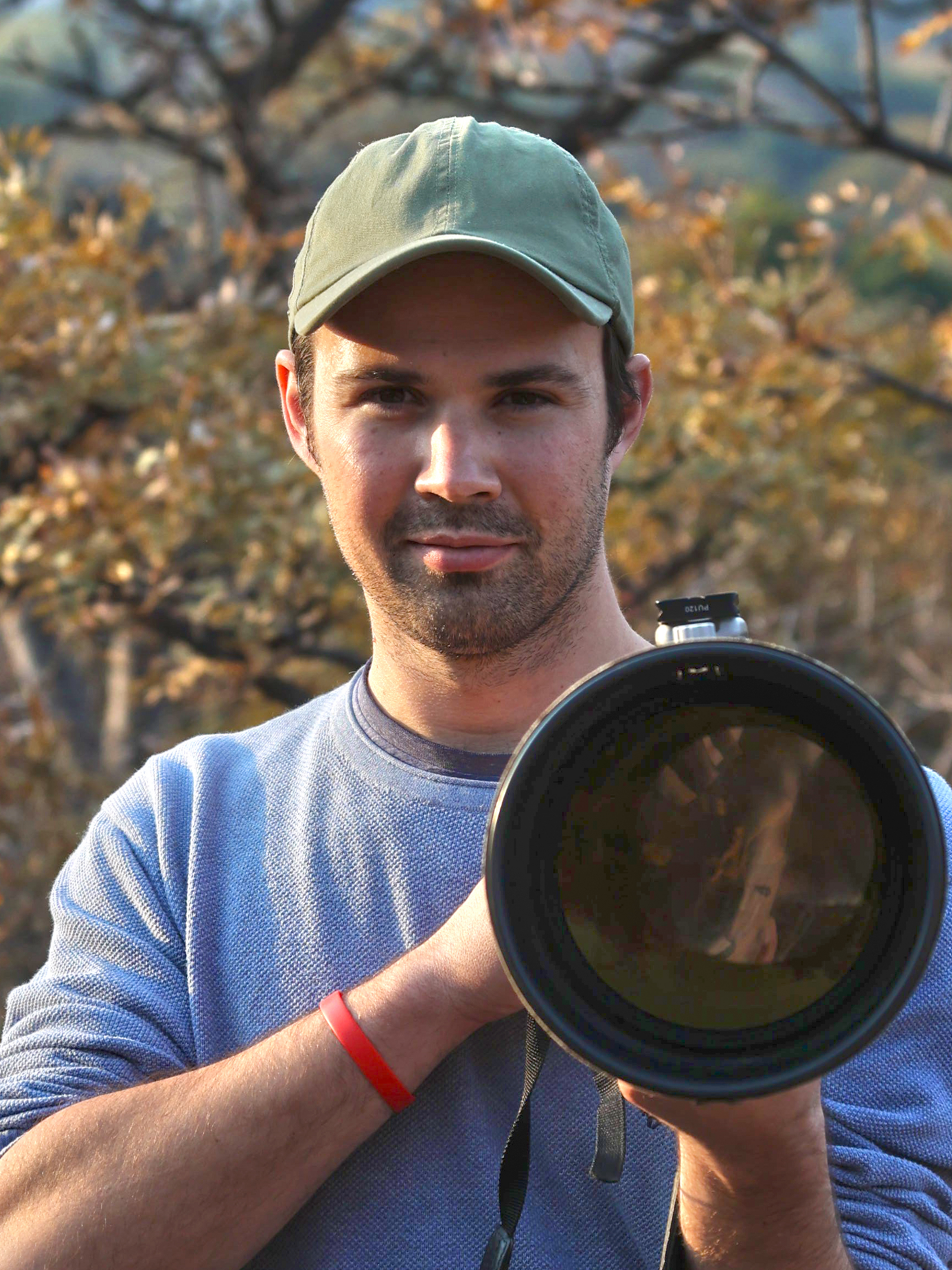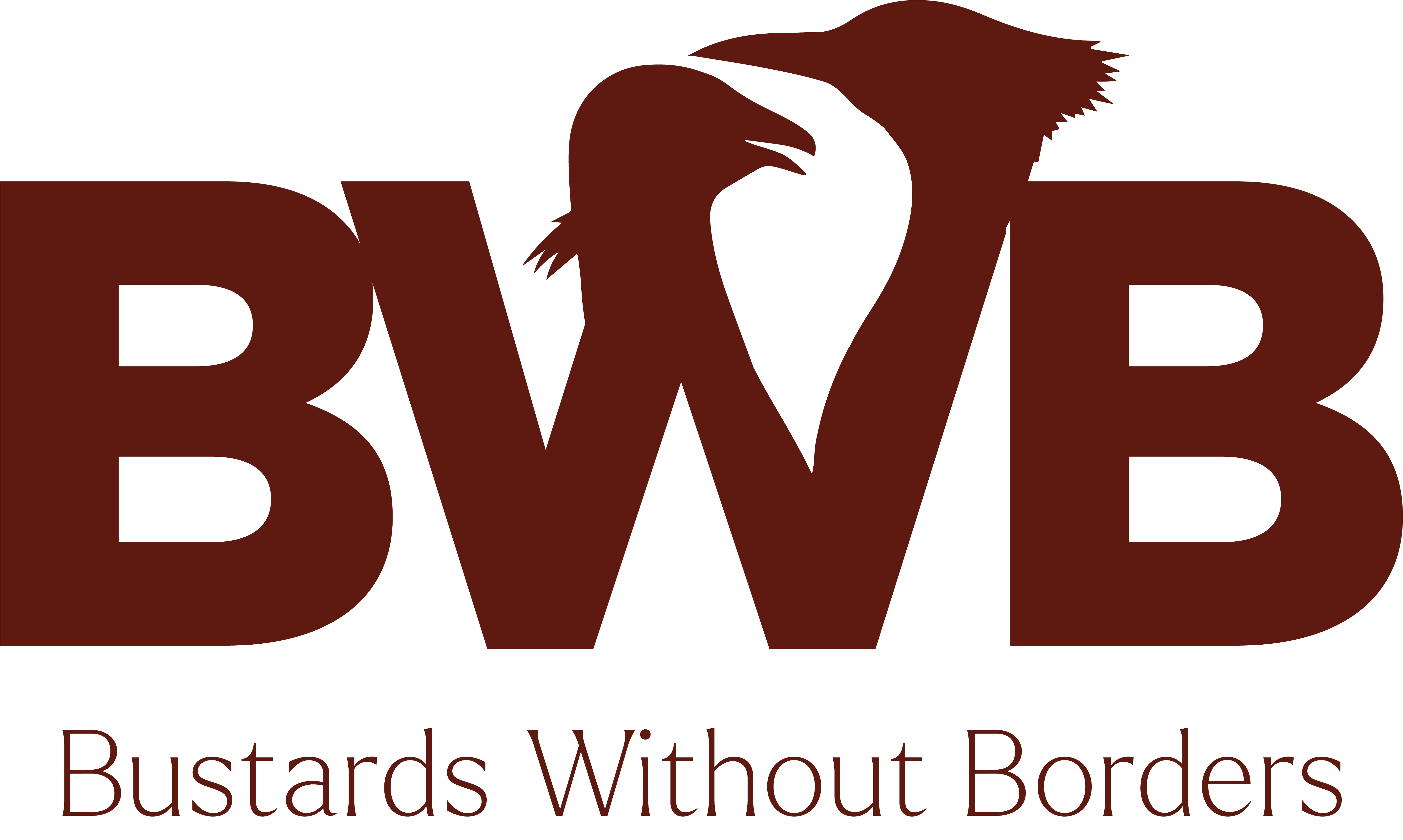
Mattheuns Pretorius
Mattheuns (Matt) Pretorius is a conservation scientist who is driven to find solutions for avian collisions with power lines. Based in South Africa, Matt is a Project Manager with the Wildlife and Energy Programme (WEP) of the Endangered Wildlife Trust (EWT). The EWT has a long-standing partnership with Eskom, South Africa’s principal power utility, and Matt’s role within the partnership is to research solutions focused on avian protection from overhead power lines. These include projects that test new mitigation measures, and how certain threatened species respond to these measures. Matt is also the chief drone pilot for the EWT Drone Unit, flying various conservation missions under its Unmanned Aerial Systems Operating Certificate.
His work has seen him hiking through ‘Big-5’ wilderness to survey rare owls, braving ice cold water to trap and fit tracking devices to Lesser Flamingos, hand-catching drones on a small boat bobbing about in big ocean swell, becoming absorbed into the world of 3D printing and modelling, and designing custom drone solutions for power line marking.
Matt studied nature conservation at the Tshwane University of Technology, where he obtained a masters degree in 2019. As a part of his undergraduate studies, Matt was placed in the Kgalagadi Transfrontier Park to complete a year of experiential learning as a cadet ranger. There he developed a new appreciation for the birds that inhabit arid landscapes, including Ludwig’s and Kori Bustards. As an avid nature photographer, Matt frequently returns to the Kgalagadi, and he has won several national and international awards for his images.
In 2021 Matt started a new study on the movement ecology of Ludwig’s Bustards, looking for clues as to why they are so susceptible to collisions with power line cables. In 2022 and 2023 he managed to capture and fit GPS tracking devices to 16 individuals, and the data he has received has already shed some new light on their sensitivity to power line collisions. Matt has recently also been tasked with a study of Denham’s and White-bellied Bustard movements to help identify areas of sensitivity with regard to the burgeoning renewable energy development in eastern South Africa.

